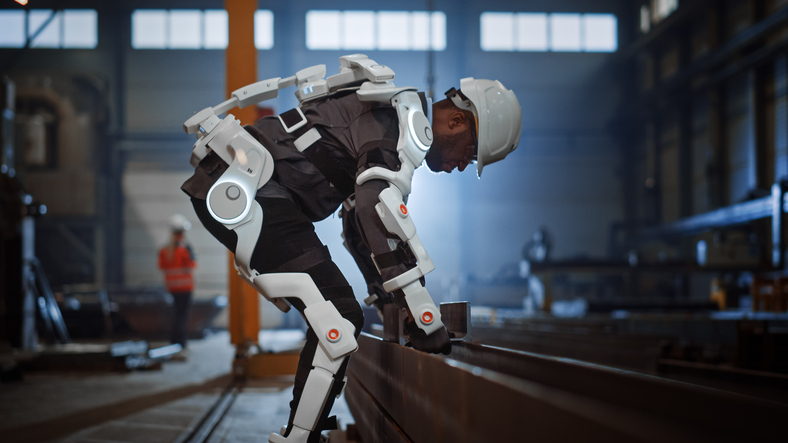
E-Invoicing and Its Geopolitical Stakes
France’s electronic invoicing reform relies on a Y-architecture, where Partner Dematerialization Providers (PDPs) play a central role in issuing and…
Generix Launches Solochain Now – Packaged Solution to Deploy a Complete SaaS WMS in as Little as 16 weeks View the press release

Even with machine learning, robots are much less flexible and adaptable than we humans are. Their intelligence is artificial: it allows them to learn from past experiences, but not to improvise or to make the right decisions in unexpected or unknown situations. In short, robots are globally devoid of soft skills, those behavioral competences specific to humans, such as creativity or initiative. On the other hand, in a warehouse, they are much more precise, faster and more stable than operators, since they are resistant to fatigue and stress. Therefore, they can easily be entrusted with repetitive and tedious tasks, to assist, complement or relieve the employees.
In our robotized and connected industrial world, the human’s analytical finesse, his ability to think and stand back critically, his capacity to take into account the environment and the work context, become essential again.
The emergence of collaborative robotics in warehouses responds to new needs linked to the growing demand for customized products, hyper-personalized services or customized packaging. These trends lead to a constant updating of flows and processes and a permanent need to adapt gestures and movements: constraints that traditional or autonomous robots sometimes have difficulty in managing… However, they remain allies that are difficult to do without, in a context of shortage of skilled labor, where production and delivery deadlines are increasingly tight and warehouses are sometimes gigantic.
“In the logistics sector, cobots are particularly involved in picking, palletizing or assembly activities. They can also be connected to self-guided vehicles,” defines the University of Parma, in its bibliometric analysis on collaborative robots in logistics 4.0 environments, published in January 2021.
The impact of Industrial Revolution 4.0 technologies – of which collaborative robotics is one of the pillars – is highly significant for the logistics services market. According to the World Economic Forum, this digital transformation could enable the industry to achieve up to 34.2% cost savings and generate 33.4% additional revenue for logistics operations.
An experiment documented by Brazilian researchers in a recent book seems to confirm the clear performance benefits of cobots. It consisted in comparing an assembly station based on human-robot collaboration with the same robotized task. The result: collaborative synergy generates a 24.3% increase in productivity. So the synergies between human and artificial intelligence are powerful!
Collaborative robotics also offers clear ergonomic benefits, reducing the risk of musculoskeletal disorders. Another scientific experiment, this time from Germany, showed that human-robot collaboration scenarios reduced the muscle tension of operators by up to 90% when they perform their manual tasks. In addition, this approach frees up human time to focus on higher value-added tasks – and thus plays a positive role in limiting pace-related stress.
Another significant advantage is that human-robot collaboration offers a response to health constraints. The pandemic crisis has also contributed to a rather positive perception of cobots in the logistics sector, as shown by a recent online survey on the subject.
Although collaborative robotics offers many prospects in the logistics sector, its effective implementation is a fairly new issue, subject to several conditions for success. Among them, the active involvement of operators in the reorganization of processes… and the use of a warehouse management system able to integrate and adapt to human-robot collaboration.
You may also be interested in this article:

France’s electronic invoicing reform relies on a Y-architecture, where Partner Dematerialization Providers (PDPs) play a central role in issuing and…

The B2B mandate in Germany, set to take effect on January 1, 2025, marks a crucial step in the European…

Following the October 15 announcement regarding the abandonment of the PPF development, the DGFIP and its partner AIFE are ramping…

Work with our team to build your ideal supply chain software stack and tailor it to your unique business needs.